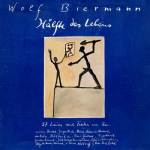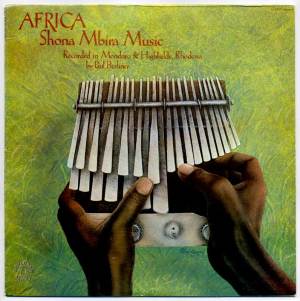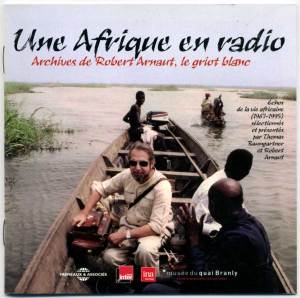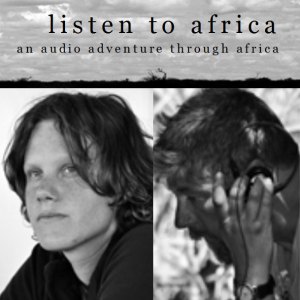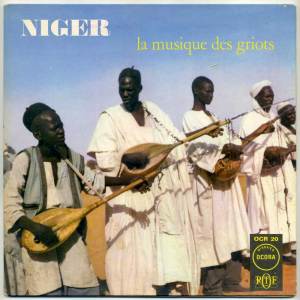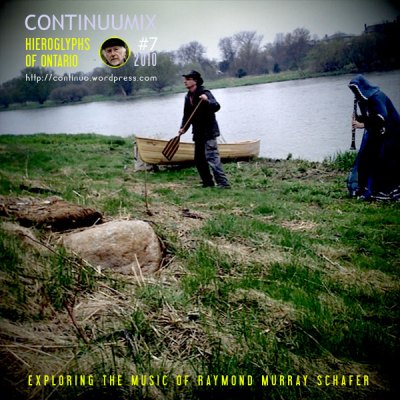Continuumix #13 – Transwonderland
Mix by Continuo – May 2012
Total time 93:30
Named after Noo Saro Wiwa’s book Looking for Transwonderland: Travels in Nigeria, published by Granta in 2012. Artwork after Buckminster Fuller’s Fly’s Eye Dome, as reconstituted at Art Basel Miami Beach, December 2011.
Download (205Mb @320kbps)
/ / / / T R A C K L I S T / / / /
00:00 | Atom™ – Cold Memories Part 1 (1994)
Composed in 1994 by Uwe Schmidt for Helsinki’s Museum of Contemporary Art “Ambient City Radio” program. Released as a 2xCD set on Sähkö Recordings, Finland, 2012.
04:25 | Stuart Dempster – Didjeridervish (1976)
Shouts and didjeridoo droning sound recorded by trombone player Dempster inside the resonant Abbey of Pope Clement VI in Avignon, France, in 1976. The “didjeridoo” is actually a plastic sewer pipe. Excerpt from the B-side of the legendary In The Great Abbey Of Clement VI LP published by Arch Records in 1979.
09:29 | Eternal Music application
Using the yellow, blue, pink and green dots, anyone can produce enchanting chiming tonalities.
11:58 | Alexander Zhikharev – Bronze Flat Bells
Moscow composer and bell ringer Zhikharev, born 1951, created and fine tuned these flat bells in 1988, with specific resonances. He plays them often at the Kolomenskoe monastery, near Moscow. [source]
16:52 | Albert Mayer – Proposta Sonora X (1966-69)
Italian composer Albert Mayer conceived his Proposta Sonora experiments from 1966 to 1969 in Pietro Grossi’s own Studio Di Fonologia Musicale Di Firenze, and using the same basic electronic tonalities sourced from elementary sine waves and enveloppe generator. From the “Proposte Sonore” CD on Ants, 2004.
18:09 | Steve Reich – New York Counterpoint (2005)
Interpreted and arranged by Swiss duo One Plus One (Anne Gillot on recorders and Laurent Estoppey on saxophones), this 10-inch record wa published by Lausanne contemporary art center Circuit in 2005. One Plus One also made a great Philip Glass LP in 2006.
27:30 | Masayoshi Urabe – デュオ (2008)
In this excerpt from the Flag Of Midsummer CD on PSF, 2008, Japanese radical saxophonist Masayoshi Urabe is heard on harmonica, accordion and found objects, with assistance from Kuwayama Kiyoharu on found objects.
32:30 | Roland Moser – Stilleben mit Glas (1970)
Mostly based on glass sounds, this musique concrète piece was created in 1970 by Swiss avantgarde composer Roland Moser, born 1943, in the Studio für Elektroniche Musik der Hochschule in Köln. From the Ensemble Neue Horizonte Bern 2xLP published by Jecklin, Switzerland, 1977.
40:56 | Astreya – Dolcissimo & Death Valley (excerpts) (1988)
Astreya (Viacheslav Artiomov, Sofia Gubaidulina, Victor Suslin) with Californian electronic musician Miles Anderson. Recorded 1988. From the Astreja retrospective CD on SLYD Records, ref. SLR0027, 1994. On Artiomov and Astreya, see previous post.
49:22 | Friedrich Glorian – Nuzheng Miniature (2012)
German composer and improvisor Friedrich Glorian started playing in kraut rock and jazz bands in the 1960s, before turning to Indian classical music, special intonation and self build instruments. This track is played on a guzheng, a Chinese traditional string instrument, with live loop and sound effects [source].
53:07 | Excerpt from Hüört ens! Songs aus Solingen Vol. 2 (2012)
Unidentified excerpt from Vol. 2 of a compilation celebrating artists from Solingen, a town in North Rhine-Westphalia, Germany. The compilation comes with a rare appearance of German art rock/NDW band S.Y.P.H. [source]
58:22 | Hentai Improvising Orchestra – Coelacanth remix (2011)
Hailing from Fort Worth, Texas, Hentai Improvising Orchestra are Terry Horn, Matt Hickey and Ken Shimamoto. On this track, electronic artist Coelacanth remixes some H.I.O.’s live performance at Doc’s Records, a Fort Worth record store, with the addition of Chris Vaisvil’s fretless bass.
65:51 | Pascal Comelade – La Coquille et le Clergyman (2009)
In 2009, Comelade was commissioned a new soundtrack to Germaine Dulac‘s Surrealist silent film realized in 1927, published as a DVD by Éditions Light Cone in 2009. The score was written for a re-formed Bel Canto Orchestra with Comelade at the grand piano.
72:14 | Ezra Pound – On Cantos
Archive recording of Pound himself reading from his Cantos cycle. From American experimental webcast Cytopicus and sister project Saxonian Folkways blog. Also highly recommended is their Decline of Poetry in 20th Century mix of atonal contemporary music ala Xenakis with unidentified poetry readings, possibly Yeats, Pound and others.
74:15 | Charles Curtis – Ultra White Violet Light (1999)
US classical cellist Curtis, b.1960, collaborated with La Monte Young in the 1990s, performed within the Dream House and premiered a La Monte new composition in 2003, as well as a piece by Eliane Radigue in 2006. Ultra White Violet Light is for two cellos, sine wave and sustained electric guitar. From the double LP on Beau Rivage, originally published 1998, reissued by Squealer Music in 1999. This is side A, but I noticed all 4 sides are available on YouTube.
* *
*













